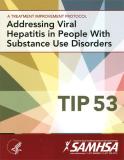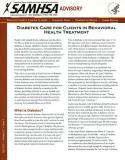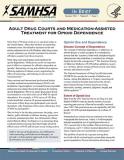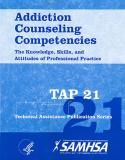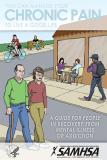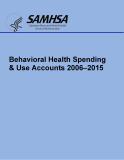
This report provides updated estimates of mental health and substance use disorder spending by payment source and provider, setting, payer and specialty type. The report highlights spending on behavioral health by private insurers, Medicaid and Medicare as well as other payers.
Units per Product
Download
BH Spending: SA & MH Services
File Type: PDF
File Size: 756 KB


